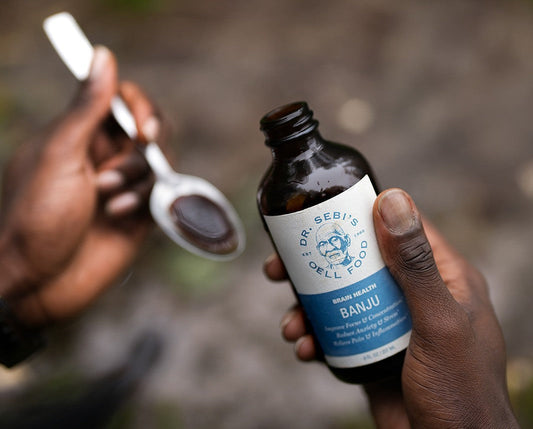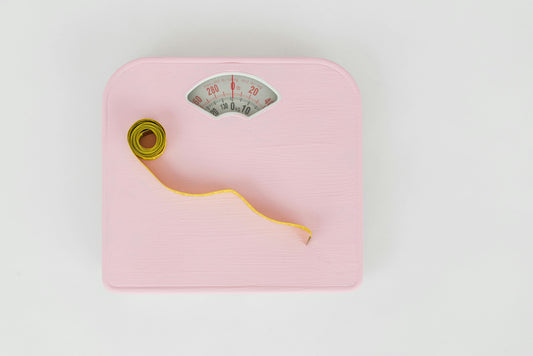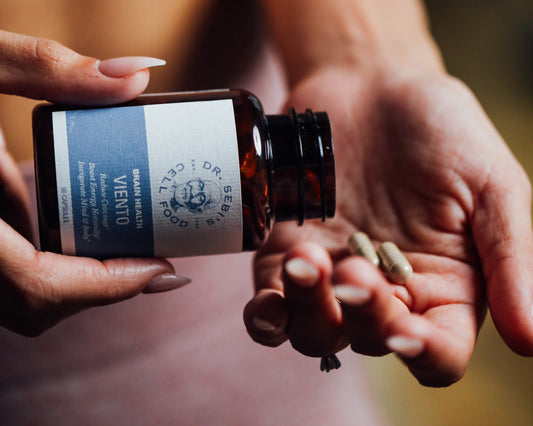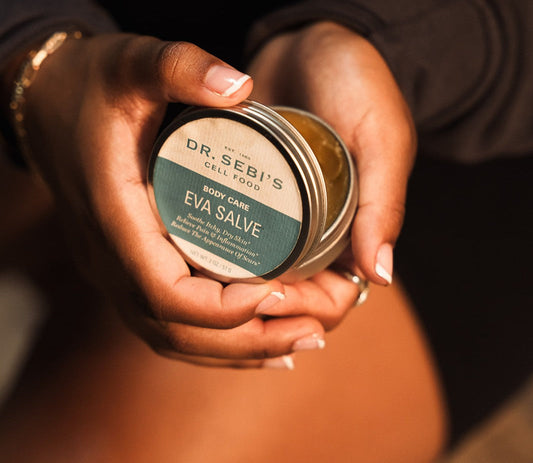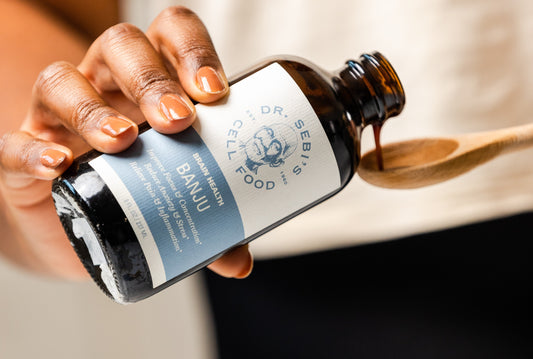When the days grow shorter and the temperature drops, many people find themselves in a showdown with a formidable foe: seasonal affective disorder (SAD). This form of depression, which strikes during the dark, cold months, can bring about feelings of sadness, lethargy, and a lack of interest in activities, according to Johns Hopkins Medicine.
While it's essential to consult with a healthcare professional for proper diagnosis and treatment, one natural remedy that shows promise in alleviating SAD symptoms is exercise. By incorporating regular physical activity into your winter routine, you can boost your mood, reduce stress, and improve overall well-being, per an April 2021 study in International Journal of Circumpolar Health.
Remember to choose activities you enjoy, maintain consistency, and, if necessary, seek guidance from a healthcare provider or fitness professional to create a tailored exercise plan that suits your needs.
With the right approach, exercise can be a powerful tool in combating SAD and helping you embrace the winter season with a brighter outlook.
How Exercise Can Help With Seasonal Affective Disorder
Exercise has long been recognized for its positive impact on mental health, including its potential to alleviate symptoms of depression and anxiety. When it comes to SAD, exercise can be particularly beneficial due to its unique ability to address some of the condition's symptoms and underlying causes:
- Boosts Mood: Exercise triggers the release of endorphins, often referred to as "feel-good" hormones. These natural mood lifters can help counteract the feelings of sadness and low energy associated with SAD.
- Regulates Sleep: SAD can disrupt your sleep patterns, leading to oversleeping or difficulty sleeping. Regular exercise helps regulate sleep by promoting a more consistent sleep-wake cycle.
- Increases Exposure to Natural Light: Outdoor exercise exposes you to natural sunlight, which is in short supply during the winter months. Natural light helps regulate your body's internal clock (circadian rhythm), improving mood and overall well-being.
- Reduces Stress: Exercise is a potent stress reducer. SAD often coincides with increased stress levels, and exercise can help mitigate the physical and mental effects of stress.
- Enhances Self-Esteem: SAD can negatively impact self-esteem and self-worth. Engaging in regular physical activity can boost self-esteem and body image.
Best Types of Exercise for SAD
The type of exercise that's most effective for alleviating SAD symptoms can vary from person to person. The key is to choose activities that you enjoy and can realistically incorporate into your routine. Here are some exercise modalities to consider:
- Aerobic Exercise: Activities like brisk walking, running, cycling, and swimming are excellent choices. Aim for at least 150 minutes of moderate-intensity aerobic exercise per week, per the Physical Activity Guidelines for Americans.
- Strength Training: Building muscle through weightlifting or bodyweight exercises can enhance self-esteem and energy levels. Include strength-training sessions at least two days a week.
- Yoga: Combining physical postures, breathing exercises, and meditation, yoga is known for its relaxation benefits. A regular yoga practice can reduce stress and improve mood.
- Tai Chi: This mind-body practice involves slow, flowing movements and deep breathing. It can enhance relaxation, balance, and overall well-being.
- Outdoor Activities: Whenever possible, choose outdoor activities like hiking, skiing, snowshoeing, and ice skating, which provide the added benefit of natural sunlight exposure.
- Group Classes: Joining group exercise classes or a recreational sports team can offer social interaction, which is essential for mental well-being.
- Mindful Movement: Practices like qigong and Feldenkrais focus on mindful movement and can help improve body awareness and reduce stress.
Exercise Guidelines for SAD
When using exercise as a strategy to manage SAD, it's essential to follow some basic guidelines:
- Consistency: Establish a regular exercise routine, aiming for at least 3 to 5 days a week.
- Duration: Aim for a minimum of 30 minutes of moderate-intensity exercise per session. Gradually increase the duration as your fitness level improves (and your schedule allows).
- Intensity: Choose exercises that raise your heart rate and induce a slight sweat. You should be able to talk while exercising.
- Variety: Include a mix of aerobic, strength, and flexibility exercises to keep things interesting and ensure a well-rounded fitness routine.













